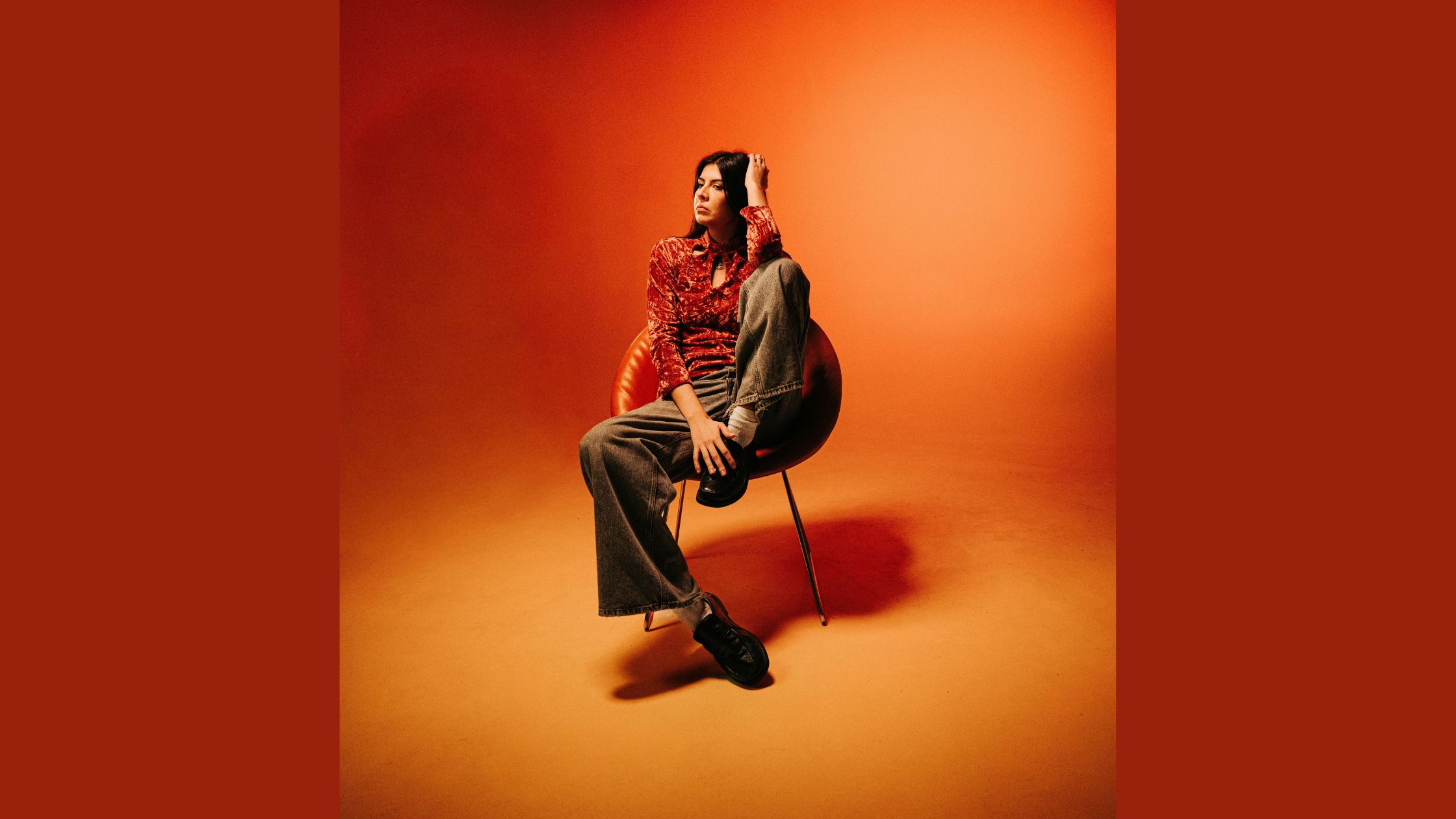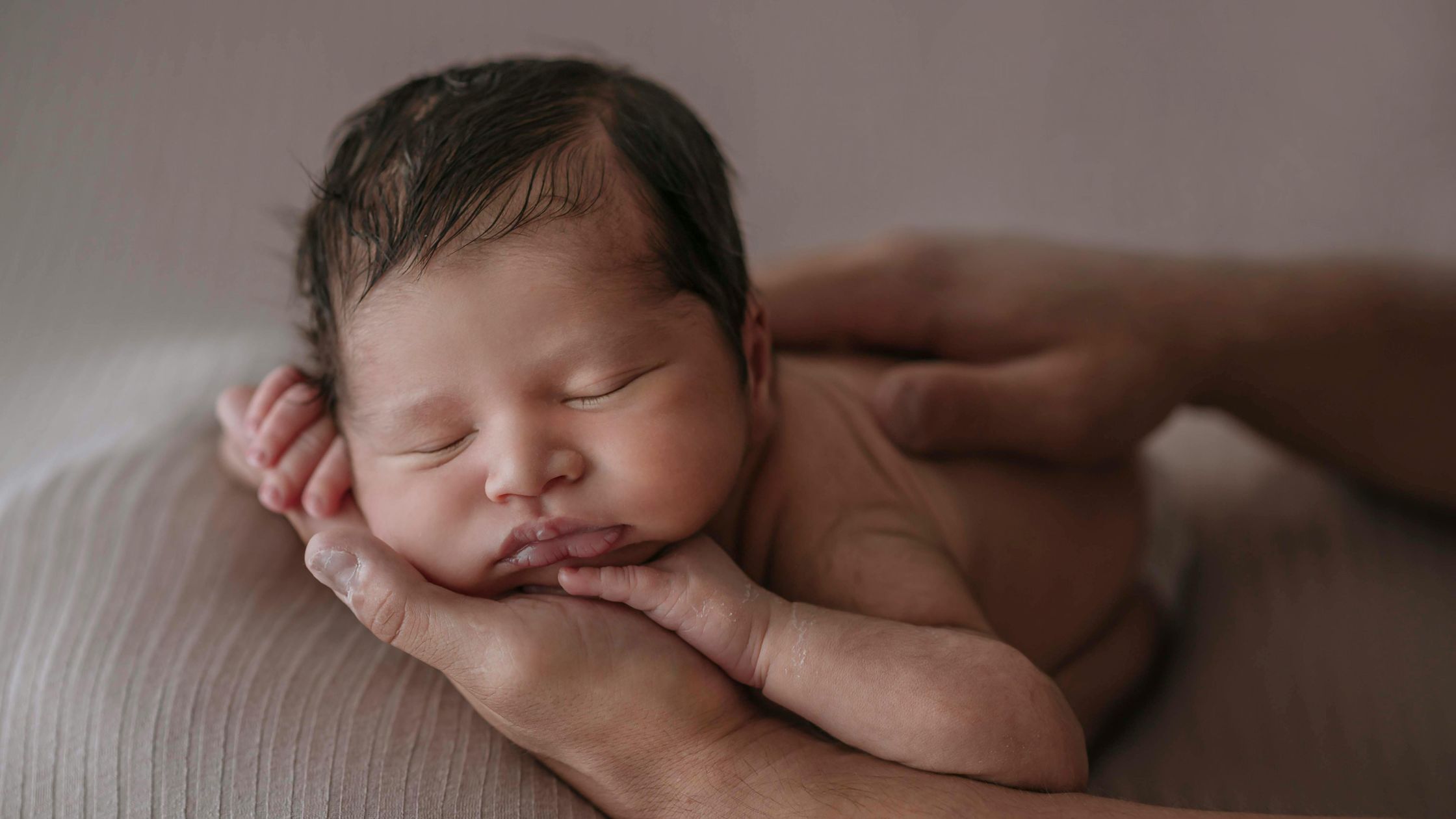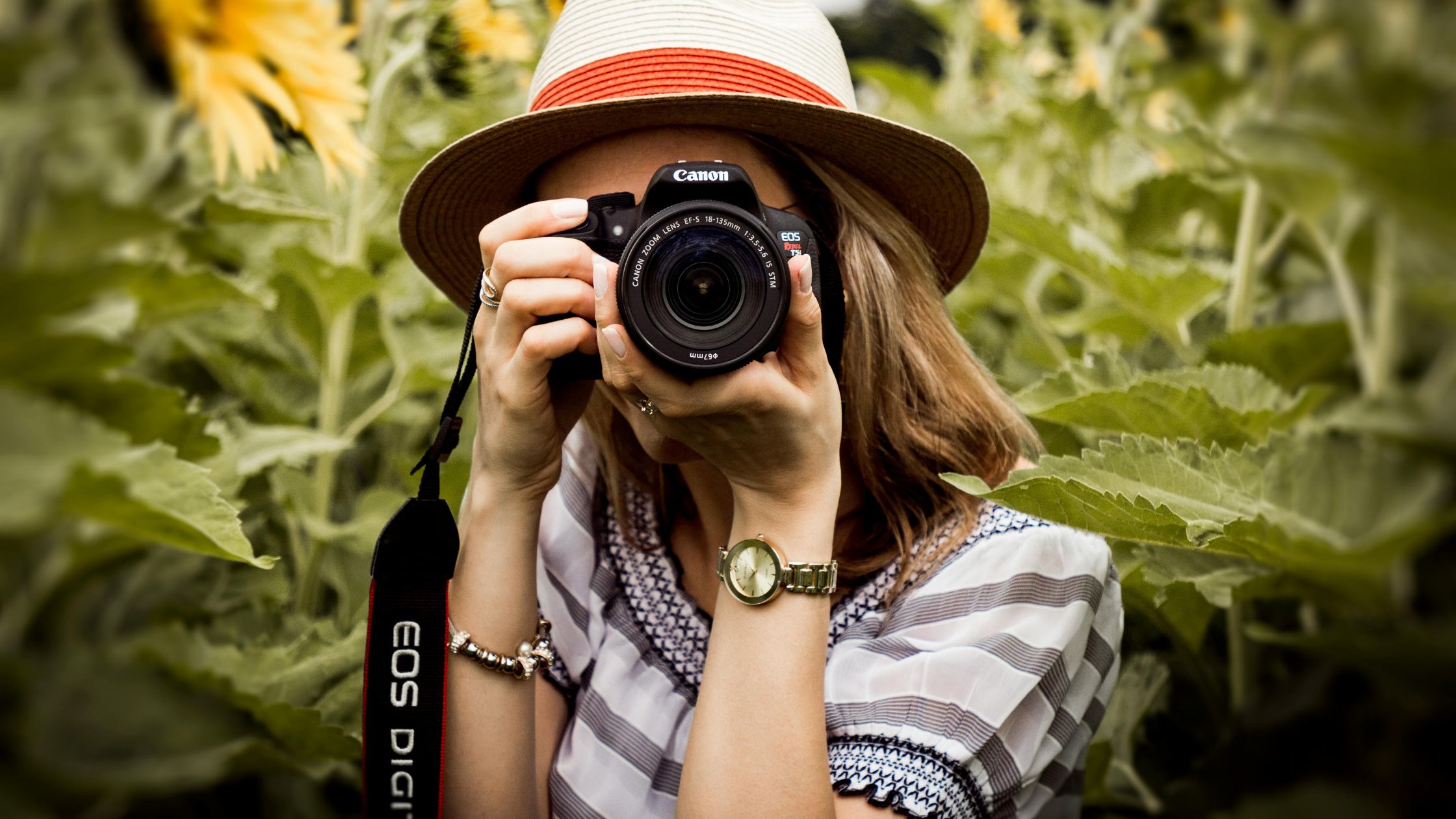All blog posts
Marketree offers top-quality products across lifestyle, tech, and wellness. Shop smart, save more, and discover what’s trending all in one place!
Newborn Photography Guide: Tips for Capturing Beautiful Baby Moments
September 10, 2025 | by marketree
Where to Stream Kitchen Nightmares: A Complete Guide
September 10, 2025 | by marketree
Master New Recipes with America’s Test Kitchen Expert Tips
September 10, 2025 | by marketree
Everything You Need to Know About True Food Kitchen Pasadena: Fresh, Healthy, and Delicious
September 10, 2025 | by marketree
Discover the Best of California Pizza Kitchen: Menu & Spots
September 10, 2025 | by marketree
The Ultimate Guide to Kitchen Islands with Seating: Ideas and Inspiration
September 10, 2025 | by marketree

Introduction to Portrait Photography
Portrait photography is a specialized genre that aims to capture the essence and character of an individual, group, or event through photographic imagery. Traditionally centered on a subject’s face, this art form often transcends mere representation to evoke the subject’s personality, emotions, and even narratives. Portrait photography has a storied history, dating back to the early days of photography itself, where it served both artistic and practical purposes, such as creating lasting memories and commemorative pieces.
The evolution of portrait photography has been significant over the years. Initially, portraits were created through oil paintings, easily allowing for idealized representations. With the advent of photography in the 19th century, artists began exploring various techniques to create lifelike images quickly. Early portrait photographers utilized large-format cameras and lengthy exposure times, presenting challenges that required composure and patience from their subjects. As photographic technology advanced, including the introduction of smaller formats and instant development, the art of portraiture became more accessible to both professionals and amateurs.
- 【Handheld and Multi-function 】 The music video tube lights are light weight, they can be handheld for Selfie,light paint…
- 【Nice Color &500 Vivid Effects】Turn on by pressing On/Off button on tube handle, then you can control it, there are 12 s…
- 【2000mAh Rechargeable Battery】Built-in 3.7v/2000mAh rechargeable battery,charging time is about 3 hours.After fully char…
Today, portrait photography encompasses a wide array of styles and techniques, from classic studio setups to candid shots captured in natural environments. Photographers may experiment with lighting, composition, and post-processing to produce images that resonate with personal style and preference. The significance of portraits extends beyond aesthetic appeal; they serve as powerful storytelling tools. Through facial expressions, body language, and even the chosen context, portraits convey emotion, make connections, and encapsulate unique life experiences. The blend of technical skill and emotional depth in portrait photography ensures its relevance and importance as a vital genre in the artistry of photography.
Understanding Different Portrait Styles
Portrait photography is a diverse field that encompasses a variety of styles, each serving a unique purpose and evoking distinct emotions. The four primary styles include traditional, candid, environmental, and conceptual portraits. Understanding these styles is essential for photographers seeking to effectively capture the essence and emotion of their subjects.
Traditional portraits are characterized by posed and often formal arrangements. These images tend to focus on the subject’s expression, attire, and overall demeanor. Typically taken in a controlled environment, traditional portraits are well-suited for occasions such as family gatherings, weddings, and studio shoots. Portraits of this kind emphasize the subject’s personality and dignity, making them a timeless choice for formal portraits.
Candid portraits, on the other hand, capture subjects in unposed or spontaneous moments, revealing raw and authentic emotions. This style is widely appreciated for its ability to tell an engaging story and evoke a sense of connection with the viewer. Candid photography is commonly utilized in social situations, events, and lifestyle shoots, allowing photographers to document genuine expressions and interactions in a more relaxed atmosphere.
Environmental portraits incorporate the subject’s surroundings to provide context and depth to the image. By placing the subject in a significant location—such as their workplace or a favorite outdoor setting—photographers can create a narrative that enriches the visual experience. This style is effective for showcasing the personality and lifestyle of the subject and is often used in editorial photography and personal branding.
Lastly, conceptual portraits are designed to convey an idea or message through creative interpretation. This style often utilizes props, dramatic lighting, and imaginative compositions to provoke thought and emotion. Conceptual photography is versatile, making it suitable for artistic projects, fashion shoots, and personal expression.
By exploring these various portrait styles—traditional, candid, environmental, and conceptual—photographers can make informed choices that enhance their ability to capture the essence of their subjects effectively.
Essential Tools and Equipment
Portrait photography requires a careful selection of tools and equipment to effectively capture the essence and emotion of the subject. The first and foremost piece of gear is the camera itself. While professional DSLR and mirrorless cameras such as the Canon EOS R or Sony A7 series provide excellent image quality, beginners can also achieve great results with entry-level models like the Nikon D3500. The important factor is to choose a camera that allows for manual control to adjust settings based on lighting conditions and desired effects.
The lens plays a crucial role in portrait photography. A fast prime lens, typically in the range of 35mm to 85mm, is highly recommended due to its ability to create sharp images while producing beautiful background blur or ‘bokeh.’ Lenses such as the Canon 50mm f/1.8 or the Nikon 85mm f/1.8 are both notable for their affordability and quality, making them perfect options for photographers at varying skill levels.
Lighting is another essential component in producing captivating portraits. Natural light can be complemented with on-camera flash or external speedlights, especially for indoor settings or low-light situations. Softboxes and ring lights can help create softer, more flattering light that enhances the subject’s features. For examples, products like the Neewer Softbox Kit or the Godox Ring Light can be highly effective choices.
Lastly, the backdrop will significantly influence the mood of your portraits. Simple, solid-colored backdrops will keep the focus on the subject, while textured or patterned backdrops can add depth and interest to the composition. Options such as collapsible fabric backdrops or vinyl backdrops are portable and versatile, suitable for both studio and outdoor settings.
Mastering Lighting Techniques
Lighting plays an indispensable role in portrait photography, serving as a vital ingredient that can dramatically influence the overall mood and depth of a photograph. To master lighting techniques, photographers must first understand the distinction between natural light and artificial light. Natural light, often hailed for its ability to produce soft and flattering images, can create beautifully lit portraits when utilized effectively. Timing becomes crucial; the golden hour, shortly after sunrise or before sunset, provides a warm, diffused light that enhances skin tones and adds an ethereal quality to portraits.
On the other hand, artificial light offers photographers greater control over their creative vision. Studio lights, speedlights, and continuous lighting sources allow for adjustments in intensity, color, and direction. Employing softboxes or umbrellas can diffuse harsh light, creating a more subtle effect that mimics natural light. Moreover, using backlighting can create stunning rim effects and give portraits a sense of depth, highlighting the subject’s outline without losing detail.
Mixed lighting, which combines both natural and artificial sources, introduces additional complexity but also unique creative possibilities. This technique can be particularly effective during indoors shoots, where window light may be complemented by artificial bulbs to maintain consistency in color temperature and exposure. When working with diverse light sources, it is essential to adjust settings on the camera accordingly to maintain balance and avoid undesirable color casts.
Ultimately, manipulating light effectively is about understanding how different light sources interact with the subject and the environment. Photographers should experiment with various techniques, including reflections, shadows, and directionality, to create dimension and emotion in their portraits. By mastering these lighting techniques, photographers can greatly enhance their skills and elevate their portrait photography to new heights.
Posing and Composition Tips
Effective posing and composition are pivotal in portrait photography, as they can significantly influence the overall impact of the image. A flattering pose not only enhances the subject’s appearance but can also convey their personality and emotions. When directing your subjects, encourage them to adopt natural and relaxed poses that allow their individual character to shine through. One effective strategy is to engage them in conversation to prompt genuine expressions; this will result in more candid and emotive photographs. Additionally, consider the subject’s body language. For instance, a slight angle to the camera can create a more dynamic image as opposed to a straightforward pose, which may appear stiff.
When working with your subjects, remind them to relax their shoulders and avoid rigid postures. Small adjustments, such as extending a limb or creating space between body parts, can add dimension to the image and prevent a flat appearance. Encourage a variety of poses – prompt them to shift their weight, tilt their head, or look in different directions. These methods can cultivate a more natural atmosphere and produce a wider range of expressions to choose from.
In addition to posing, understanding composition techniques is essential for creating captivating portraits. Applying the rule of thirds can enhance the visual balance of your photographs. By positioning your subject off-center, the image gains interest, directing the viewer’s gaze more intuitively. Furthermore, leading lines within the frame can draw attention to the subject, guiding the viewer’s eyes towards them. This technique can be achieved through pathways, fences, or even shadows. As you explore various compositions, ensure the background is clear of distractions, as this can detract from the overall focus on your subject. Merging effective posing and thoughtful composition will elevate the impact of your portraits, capturing both essence and emotion.
- 【Professional RGB LED Video Lights】The new version VL49 RGB LED video light adopts 60 high color rendering led beads, il…
- 【HUE & Brightness & CCT Adjustable】Hue adjustable from 0 degree -359 degree; Brightness from 0%-100% dimmable; Color tem…
- 【2000mAh Large Capacity Battery】The mini led lights is built-in 2000mAh rechargeable lithium battery, charging time is a…
Choosing the Right Settings
When embarking on the journey of portrait photography, understanding the interplay of camera settings is fundamental to achieving compelling images. Three main settings must be mastered: shutter speed, aperture, and ISO. Each of these elements plays a crucial role in determining the overall exposure and feel of the portrait.
Shutter speed controls the duration the camera’s sensor is exposed to light. For portrait photography, a shutter speed of 1/125 seconds or faster is recommended to minimize motion blur, especially when photographing moving subjects. In brighter conditions, faster shutter speeds will ensure sharp, crisp images, while adjusting this setting in low-light scenarios will allow for longer exposure times, though caution is advised to prevent blurring from subject movement.
Aperture, denoted by f-stops, significantly affects depth of field, which is pivotal in isolating the subject from the background. A wide aperture (e.g., f/1.8 to f/4) results in a shallow depth of field, beautifully blurring the background and drawing the viewer’s attention to the subject’s face. Conversely, a smaller aperture (e.g., f/8 or f/11) can be utilized when both the subject and background need to be in focus, though this may not always yield the desired portrait effect.
ISO sensitivity enhances or reduces the sensor’s light sensitivity. A lower ISO setting (e.g., 100-400) is preferable for bright settings, yielding clearer images with minimal noise. As light diminishes, increasing the ISO helps to capture the subject effectively, but care must be taken as heightened ISO levels can introduce graininess, detracting from the overall image quality. Striking a balance among shutter speed, aperture, and ISO is essential.
In addition to these core settings, photographers should also consider the specific characteristics of their medium, be it digital or film. While digital photographers can rely on immediate feedback from their cameras to fine-tune these settings, film photographers may need to rely on experience and intuition, adjusting their exposure settings based on the conditions present while shooting. Understanding these elements empowers photographers to capture the essence and emotion inherent in every portrait.
Post-Processing Techniques
Post-processing is a crucial step in portrait photography that elevates an image from capture to presentation. The process can range from basic edits to more sophisticated techniques aimed at enhancing the overall appeal while preserving the subject’s authenticity. The first step generally involves basic edits, including cropping and adjusting exposure. These adjustments help to create a well-composed image that draws focus to the subject.
Next, color correction plays a significant role in achieving a natural look. Adjusting white balance and saturation ensures that skin tones appear lifelike and vibrant. Software such as Adobe Lightroom and Capture One are particularly effective for this purpose, allowing photographers to fine-tune colors and tones with precision. Utilizing these tools can lead to a more harmonious image that resonates with the viewer.
Retouching skin is another essential aspect of post-processing in portrait photography. Techniques such as frequency separation and dodge-and-burn can smooth the skin without sacrificing texture. The goal is to enhance the subject’s features while keeping their individuality intact. Care should be taken to avoid excessive manipulation, which can lead to an artificial appearance. Many photographers recommend using software like Adobe Photoshop for detailed skin retouching, as it provides greater control over the finer aspects of an image.
Furthermore, adding artistic effects can distinguish a photographer’s style. This might include creating a mood with depth of field adjustments, selective focus, or the application of filters. While these effects can add personality to images, it’s crucial to strike a balance between creativity and the essence of the subject. Ultimately, the objective of post-processing should be to achieve a polished final look that celebrates the individual’s uniqueness, enhancing their character without compromising authenticity.
Ethics and Best Practices in Portrait Photography
Portrait photography serves as a powerful medium for storytelling and self-expression. However, the ethical considerations surrounding this art form cannot be overlooked. Obtaining explicit consent from your subjects is paramount. This involves ensuring that individuals are fully aware of how their likeness will be used, which upholds their autonomy and promotes mutual respect. Consent is not only a legal necessity but also a moral obligation that fosters trust between the photographer and the subject.
Respecting the privacy of subjects is another critical aspect of ethical portrait photography. Photographers should be mindful of the context in which they capture images, particularly in sensitive environments like hospitals, schools, or community events. In these scenarios, it is important to gauge the discomfort level of potential subjects and refrain from photographing individuals who may not wish to be captured. By practicing discretion and sensitivity, photographers can maintain a positive, respectful interaction with their subjects.
Cultural sensitivity also plays a crucial role in portrait photography. Different cultures embody varying norms regarding personal space, appearance, and the act of being photographed. As photographers, it is essential to approach cultural contexts with an open mind and to educate oneself about the practices and beliefs that may impact portrait sessions. This includes being aware of how attire choices, poses, and settings might be interpreted by different cultural groups.
In addition to these ethical considerations, establishing best practices in portrait photography is vital. Maintaining professionalism during photo shoots is essential, which involves clear communication about expectations and logistics. Providing a comfortable environment for subjects can alleviate nervousness and foster genuine expressions. By adhering to these ethical guidelines and best practices, photographers can create compelling portraits that not only capture essence and emotion but also honor the dignity of the individuals involved.
Tips for Building a Portrait Photography Portfolio
Creating a compelling portfolio is an essential endeavor for every portrait photographer aiming to display their skills and attract potential clients. The first step in developing a robust portfolio is selecting the right images that accurately showcase your expertise and unique style. Aim to include a diverse range of portraits—varied subjects, lighting conditions, and emotional expressions—to demonstrate your versatility. Incorporating a mix of close-ups, full body shots, and environmental portraits can give potential clients insight into your artistry and technical command.
Once the images are selected, presenting your work in a professional manner is crucial. High-quality prints and a cohesive layout can significantly enhance the visual appeal of your portfolio. Consider organizing your portfolio thematically or chronologically to create a narrative that guides viewers through your body of work. Additionally, incorporating captions or brief descriptions for each portrait offers context and helps convey the story behind the image, engaging viewers on a deeper level.
Utilizing online platforms is another effective strategy for gaining exposure in the realm of portrait photography. Websites like Instagram, Pinterest, and specialized photography platforms allow you to reach a broader audience and showcase your talent. Regularly updating your online portfolio can help you stay current and keep followers engaged. Furthermore, leveraging social media to connect with fellow photographers and clients can open doors for collaboration and referrals. Networking is essential; participating in local photography events, workshops, or online forums can build valuable relationships that may lead to future opportunities.
In conclusion, building a successful portrait photography portfolio requires thoughtful selection of images, professional presentation, and effective use of online platforms. By focusing on these aspects and actively networking, photographers can successfully showcase their skills and attract potential clientele, leading to enhanced business growth.
- 【2-SIZES-IN-1 MAGIC BACKDROP】: Unlike ordinary backdrops limited to a single size, our innovative design features dual r…
- 【UPDATED THICK POLYESTER】: lightweight, smooth and seamless; thicken Polyester won’t let light get through; offers bette…
- 【DURABILITY &EASY TO MAINTAIN 】: high-quality flexible, resists fading, excellent strength; easy to be folded for storag…












